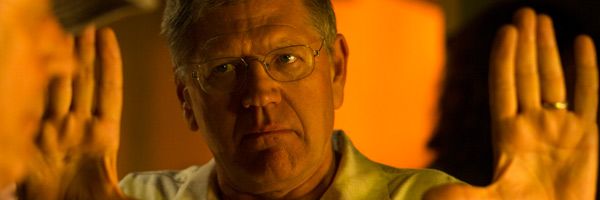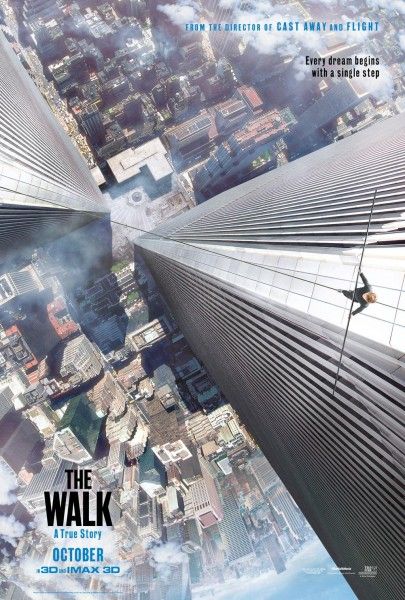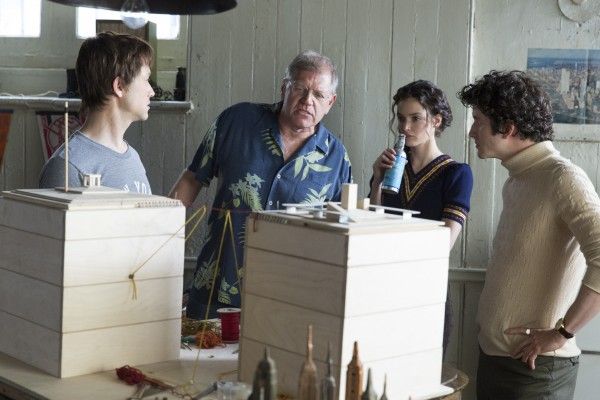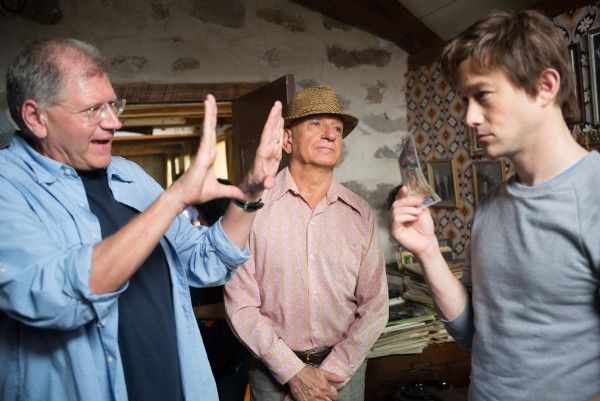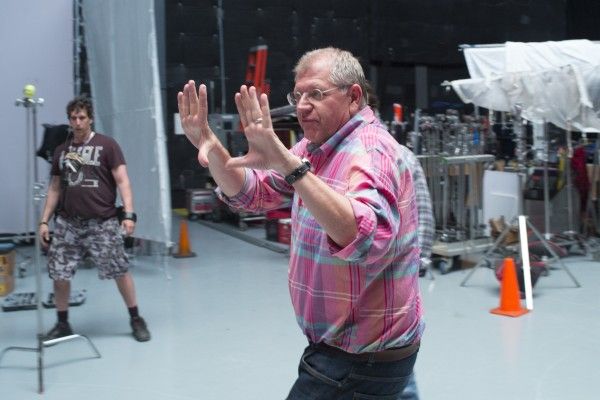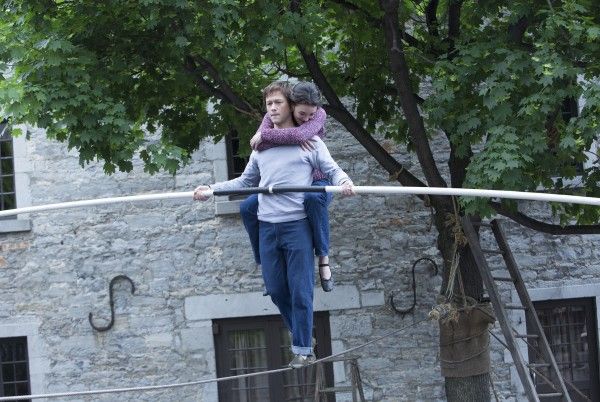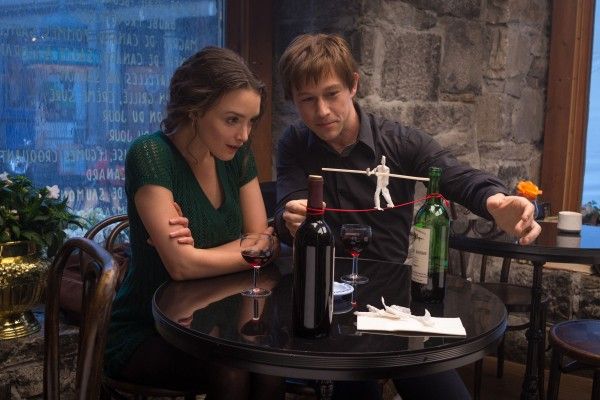From filmmaker Robert Zemeckis, The Walk tells the incredible and inspiring true story of French aerialist Philippe Petit (Joseph Gordon-Levitt) who, on August 7, 1974, surprised the city of New York with a death-defying high-wire walk between the almost-completed World Trade Center towers. The city below came to a standstill when everyone stopped in their tracks and looked up to witness a spectacle that would forever change the way the city felt about the twin buildings.
During this exclusive phone interview with Collider, Robert Zemeckis, who did a masterful job with making sure the audience would feel what it must have been like at such heights, talked about the importance of presenting this story through Philippe Petit’s eyes, why he wanted to give the movie a whimsical feel, how tricky it was to actually collaborate with Petit, finding the emotional balance when paying tribute to the World Trade Center towers, that this film has no deleted scenes, the first person he always screens his movies for, his feelings about test screenings, and what type of camera he prefers to shoot with.
Collider: This movie is absolutely beautifully and masterfully shot, and an absolute joy to watch.
ROBERT ZEMECKIS: I appreciate that. Thank you.
This really makes you feel what the experience might have been like, in a way that I’ve never experienced before while watching a movie. What are you most proud of, with what you were able to accomplish with this film?
ZEMECKIS: As a filmmaker, you’re always supposed to be with your characters, in all movies, even if they’re villains. I always thought the thing that’s interesting about wire walking is that we never get to see it other than looking up. It’s like a circus thing. It’s a guy on a wire. But Philippe’s story is so compelling and he’s so passionate about it that I thought it was important to present what he did through his eyes, so the audience can, as best they can, feel what it was like to be up on the wire. We worked really hard on it.
What was it about Philippe Petit and his story that inspired you to do this? Had you seen the documentary, Man on Wire?
ZEMECKIS: I started this story many years before Man on Wire was made. I’ve been working on this for nine years. I came across Philippe’s story through a children’s book called The Man Who Walked Between the Towers, and I was fascinated by it. And then, I found out that it really happened. I don’t remember it happening. In 1974, I was out of touch, I guess, or something. But as I was researching it, it was an unbelievable story. It was like a giant tall tale that really happened. And then, when I started talking to Philippe about it and heard him tell the story, in my opinion, it was a no-brainer. It had everything in it that you’re supposed to go to the movies to see. This story is like what movies are supposed to do, in my opinion. And so, I had to do it.
Even though it is a true story, the movie has a sense of magic to it that you wouldn’t necessarily expect from a true story. Did you intentionally want to give it that whimsical feel?
ZEMECKIS: Yeah, that was all done by design. I wanted to evoke that it was this fable. It just lent itself to having that quality. The tone is set at the very beginning, with Philippe standing on the top of the Statue of Liberty, but the truth is that that’s where Philippe would be. If you said, “Philippe, we want you to tell us your story, but what should the background be?” He’d say, “What if we go to the top of the Statue of Liberty because then the Towers could be right behind me and that would be magnificent.” That’s something he would say. It all comes from him, and his flare for drama and performance.
What was it like for you to have Philippe Petit as a reference that you could talk to and collaborate with on sharing this beautiful moment that he created, and then watch Joseph Gordon-Levitt transform into him?
ZEMECKIS: It was all good news and tricky news. This is the first movie I’ve ever made about a real person, and maybe that’s why it has an unreal quality to it. I’ve never thought of that before. It’s the first time I’ve ever made a movie about a real person, and a real person who’s still alive, and who was my collaborate and creative soulmate on this. Sometimes it got nerve-wracking for me because I always wanted to be true to Philippe. And Philippe understood that there would have to be shortcuts to his life story for a movie. He never really said this to me, but I just knew that if I didn’t evoke the emotion of his walk performance the way that he felt it, that would be his biggest disappointment. But he loved it, so I accomplished that. He’s very happy.
Along with being an incredible and inspiring true story, it’s also such a love letter to New York and to the World Trade Center. How tricky was it to find that emotional balance, when it came to paying tribute to the Twin Towers that are quite notably absent from the skyline?
ZEMECKIS: We all bring our own memory of the tragedy to the Towers, so that needed no editorializing. That was something I knew I didn’t have to do, or shouldn’t do, from the very beginning. At the very beginning, when I started talking to Philippe, I loved the fact that he referred to the Towers as these living, breathing things. They were his collaborators. They were his partners. He personally loved the Towers, and he always paid them their due because he couldn’t do this without them. I thought, “That’s how I have to present the Towers, as seen through Philippe’s eyes.” His stringing that cable between them and doing that performance is probably the second most significant thing that happened in the history of those Towers, and it was this beautiful thing and this human thing. It all felt organic to this story.
Philippe had such respect and reverence for the Towers.
ZEMECKIS: There’s this thing that happens in the movie that Philippe insisted on, and he was so right about it because he did it. He said to me, “The one thing that you can never do is show me harming these Towers, in any way.” He put carpet on the edges of the building, so that he wouldn’t scrape it. He was very respectful, from the very beginning of this.
How long was your first cut of the film? Is this a film that you have a lot of deleted scenes for, or is what we see pretty much what you shot?
ZEMECKIS: No, this is going to have the most disappointing DVD extras. I can’t even think of a scene that I cut out. I had to make this movie on a shoe-string budget. I never make movies that have a lot of [scenes to cut]. I’m a very tight screenwriter. I don’t like to spend days shooting things that aren’t going to make it into the movie.
Who do you typically screen your films for first? Is there someone that you trust to be totally honest?
ZEMECKIS: The first person that I always show the movie to, and it’s just he and I, is my composer, Alan Silvestri. He’s my creative soulmate. I show it to him before I show it to any of the producers, or any other family or friends. He and I and my editors watch the movie, and he’s the guy who always tells it to me straight. He’s the first one. And he never sees dailies. He reads one draft that’s usually the shooting script, and then he goes off and I bring him back to see the first cut. That’s interesting you asked that question because I do have a technique for that, and that’s what I do. I show it to Alan because he has to then go do this thing that I can’t do. He has to find the music in the piece, and he tells me that can’t come from the landscape. It can only come from how the characters are talking to him. It becomes this emotional acid test, which is always a very scary moment, but you have to do it.
What are your thoughts on test screenings with audiences? Do you find that helpful, or do you see it as more of a necessary evil?
ZEMECKIS: The actual questions that they ask the audience afterwards are not helpful to me, at all. They’re very helpful to the marketing department. But, seeing the movie with an audience is very helpful to me because I can feel what’s working and what isn’t. It’s alchemy. It’s a magic moment. But, I don’t have to have a focus group to tell me what’s working. I instantly know. So, it is valuable.
Do you have a particular camera that you like to shoot on?
ZEMECKIS: No, I just use whatever the newest digital camera is. I always want the newest stuff.
The Walk is now playing in IMAX 3D, and it opens nationwide on October 9th.

